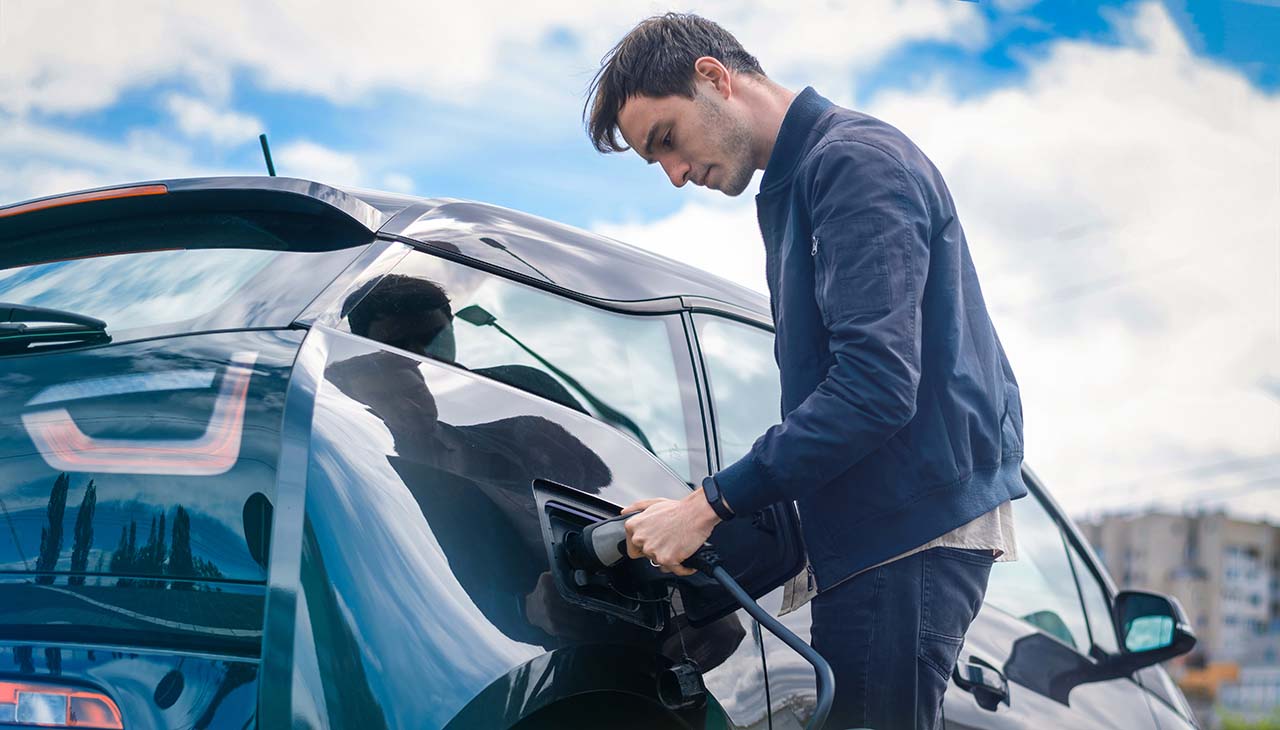In the past decade, the automotive industry has witnessed a significant transformation with the rise of electric vehicles (EVs). This shift not only represents a technological advancement but also embodies global efforts to reduce carbon emissions and combat climate change. Electric vehicles offer a cleaner, more sustainable alternative to their gasoline-powered counterparts, promising a future of greener transportation. With advancements in battery technology, improved charging infrastructure, and increasing governmental support through incentives and regulations, EVs are quickly becoming a viable and preferred option for consumers worldwide. This transition marks a pivotal moment in automotive history, signaling a move towards energy efficiency and environmental responsibility.
Environmental Impact
One of the most significant benefits of electric vehicles (EVs) for the environment is their zero tailpipe emissions. Unlike traditional combustion engine vehicles that emit carbon dioxide (CO2), nitrogen oxides (NOx), and other harmful pollutants into the atmosphere, EVs run on electricity, drastically reducing air pollution. This reduction in pollutants is critical in improving air quality, particularly in urban areas where traffic congestion is prevalent. Furthermore, EVs contribute to the decrease in greenhouse gas emissions, a primary factor of global warming. Even when considering the electricity generation process, EVs generally have a lower carbon footprint compared to conventional vehicles, especially as the grid becomes progressively greener with renewable energy sources. This makes EVs an essential component in the strategy to combat climate change and move towards a more sustainable future.
Technology Advancements
The evolution of electric vehicle (EV) technology has been driven by key components and innovations that have propelled the industry forward. At the heart of this evolution is the advancement in battery technology. Lithium-ion batteries, renowned for their high energy density and longevity, have seen significant improvements in capacity and efficiency, enabling larger ranges on a single charge. Charging technology has also evolved, with the development of fast charging stations reducing the time needed to recharge an EV significantly. Additionally, electric motors have become more powerful and efficient, contributing to better performance and reliability. Another notable advancement is in the realm of regenerative braking, which recaptures energy typically lost during braking and uses it to recharge the battery. These technological strides, coupled with improvements in software for battery management and vehicle operations, have made electric vehicles more appealing to the consumer market, setting the stage for a future dominated by clean and efficient transportation options.
Government Policies and Incentives
Government initiatives worldwide have played a crucial role in accelerating the adoption of electric vehicles (EVs) through a variety of incentives and regulatory measures. These actions aim to make EVs more accessible and financially attractive to consumers while also encouraging automakers to increase their production of sustainable vehicles. Incentives often include tax rebates, grants for purchasing EVs, and subsidies for installing home charging equipment, making the initial higher cost of EVs more manageable for buyers. On the regulatory front, governments have implemented policies such as zero-emission vehicle (ZEV) mandates, which require automakers to sell a certain percentage of electric or hybrid vehicles. Additionally, many urban areas are introducing low-emission zones, where only vehicles meeting strict emission criteria can enter, further boosting the demand for EVs. By providing these economic benefits and enforcing environmental regulations, governments worldwide are crucial facilitators in the transition towards a greener automotive landscape.
Infrastructure Development
The expansion of charging infrastructure is both a challenge and an opportunity in supporting the widespread adoption of electric vehicles (EVs). One significant obstacle is the need for substantial investment in both public and private sectors to build a network of charging stations that is dense and widespread enough to support the growing number of EVs on the road. This includes not only the fast-charging stations necessary for long-distance travel but also the slower, Level 2 chargers used predominantly in homes and workplaces. Another challenge lies in addressing the current disparities in charging infrastructure, which is often concentrated in urban and suburban areas, leaving rural drivers with fewer options.
However, these challenges also present opportunities for innovation and economic growth. For example, the development of new technologies, such as ultra-fast charging batteries and wireless charging, can revolutionize how and where EVs can be recharged, making the process more convenient for users. Additionally, the expansion of the charging network creates opportunities for partnerships between governments, businesses, and local communities to promote sustainable transportation. This collaborative approach can also involve integrating renewable energy sources with charging infrastructure, reducing the carbon footprint of electric vehicles even further and moving towards a truly sustainable transportation ecosystem.
Consumer Adoption and Trends
The shift in consumer preferences towards electric vehicles (EVs) has been influenced by several key factors impacting buying decisions. Initially, environmental concerns stand out as a primary motivator, with many buyers opting for EVs to reduce their carbon footprint and contribute to combating climate change. Economic considerations also play a significant role, as the long-term savings on fuel and maintenance costs become more apparent to potential EV owners. Additionally, the improvement and expansion of charging infrastructure, alongside the faster charging times, have alleviated range anxiety, making EVs more attractive to the mainstream market. Furthermore, government incentives and subsidies have lowered the entry barrier, making electric vehicles financially competitive with, or even cheaper than, traditional internal combustion engine vehicles. Finally, the growing variety of models available, including SUVs, sedans, and pickups, caters to a wider range of consumer tastes and needs, further fueling the adoption of electric vehicles. These factors combined signify a profound shift in the automotive industry, with consumer trends now leaning heavily towards sustainable and eco-friendly transportation options.


